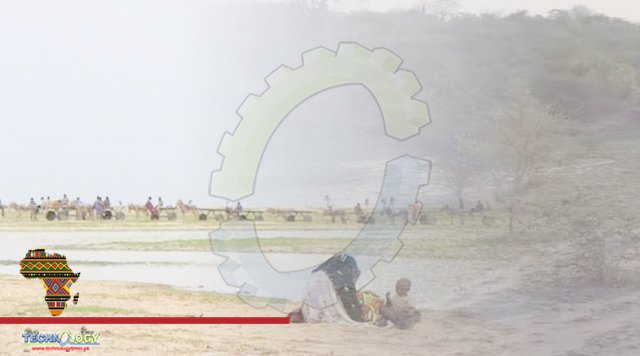It is often those least responsible for causing climate change that suffer the most from the impacts. And such is the case with women and girls in Malawi one of the world’s poorest and lowest carbon-emitting countries but ranked fifth in the Global Climate Index 2021 list of nations worst affected by climate-related extreme weather.

Climate change exacerbates sexual and gender-based violence in numerous ways, pushing people further into poverty, enflaming conflict over depleting natural resources, forcing migration, and compounding pre-existing gender discrimination. All these and many other forces conspire to put vulnerable women and girls in greater danger of sexual abuse and exploitation. A recent study by Cambridge University analyzing scientific literature on extreme weather events found that gender-based violence – such as sexual assault, intimate partner violence, or trafficking, both during and after disasters – are recurring issues in studies worldwide. In Malawi, the climate crisis is already triggering more erratic and extreme weather, resulting in chronic water, food, and financial insecurity for millions. Over the past twenty years, droughts and floods have increased in intensity, frequency, and scale, causing devasting environmental, social, and economic damage.
Around 9 out of 10 people in Malawi depend on rain-fed agriculture, and over half the population is food insecure. Rising temperatures, unreliable rains, and extreme weather events like cyclones influence food production and costs. The economic downturn triggered by the COVID-19 pandemic and Russia’s war against Ukraine, which has disrupted global supplies of cereals and fertilizers, have pushed prices up further. According to World Bank data, 82% of Malawi’s population live in rural areas, and women account for 65% of smallholder farmers, making them particularly exposed to food insecurity. Women are often dependent on natural resources, and many earn a living in the informal sector, leaving them less able to withstand economic and environmental shocks.
Climate change is not just an environmental problem – it acts as a “threat multiplier” interacting with social systems to exacerbate systemic inequalities. So, although everyone is affected by the ravages of the climate crisis, the vulnerability of individuals varies depending on their gender, geography, class, ethnicity, and age. Global warming and environmental damage are gendered because the ability of women to adapt is hampered by their social status and limited income, education, and resources. Women are more likely to live in poverty than men and commonly have less schooling, decision-making power, and access to finance. When yields from harvests are reduced, this leaves subsistence farmers with little or no surplus produce to sell to earn money for purchasing basics like medicine, clothes, sanitary products, schooling, and agricultural inputs for bolstering farming production.
Source: This news is originally published by allafrica